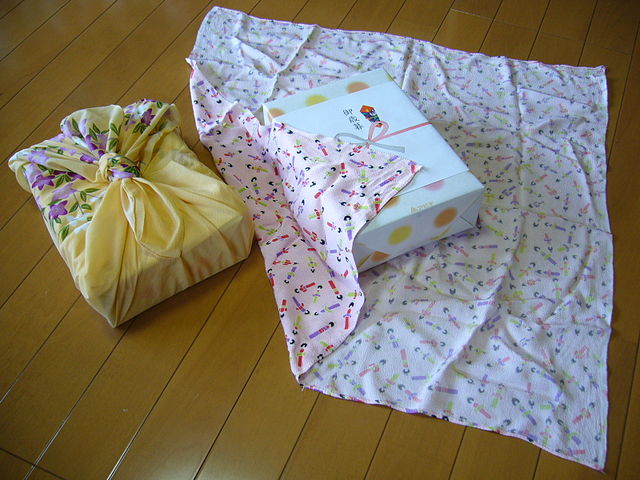 |
| Eric Schmuttenmaer/Flickr/Creative Commons license |
Okay, my fridge isn't really the star of a B movie. But it could have certainly been mistaken for one if you took closeups of the mold and ooze growing there. I bet what happened to me has happened to many of you as well.
I thought that I had a fair amount of food in the fridge. But once I removed the desiccated peas, slimy peppers, furry sweet potatoes and other lovely tidbits I found myself staring at a carton of eggs, half a gallon of milk, and condiments. I did compost most of what I pulled out, so that was some help. But it was still disgusting and it was still a waste of food. I'm not bringing this up so I can whine about my first world problem (that I could have enough food that it would actually have time to spoil in the refrigerator). I'm bringing it up so that I can share the situations that seem to lead to Furry Fridge Syndrome in our house and some possible solutions I've brainstormed.
Situation 1: single serving leftover
A lot of our toxic leftovers come from when have had a family supper and there is enough food left for one serving (or maybe two). So we wrap it up and stick it in the fridge. Then the next day, we prepare an entire new meal because the leftover isn't enough for everyone. Eventually it gets pushed to the back of the fridge and is forgotten.
I've thought about a few different ways to solve this issue, such as freezing the food immediately, or packing it in a plastic container right away for my husband to take into work the next day. But I really think the best solution is just to prepare smaller meals. This also means less overeating. If we are still a little hungry at the end of a meal, we can supplement with something like a piece of fruit.
Situation 2: the new food
I have been known to buy food because it is something new or unusual. Sometimes this is a new piece of produce or an ingredient that I've heard about on a cooking show and so I buy it on impulse. But then I get it home and don't know what to do with it. And so the strange vegetable or new condiment sits there until it expires and I admit defeat. The solution for this is simple. I won't buy anything I'm not confident about cooking unless I've got a specific recipe and a plan to use it.
Situation 3: overbuying
Sometimes I get a really good sale and buy more than we can eat right away. Again, the solutions here are simple. Buy non-freezable things like cucumbers and lettuce in small quantities. With freezable items, I need to avoid buying large quantities unless I have a plan and the time to divide and freeze everything.
Situation 4: the feast that doesn't leave
When my family gets together for holiday meals, we have a LOT of food. I'm sure we aren't the only ones that find ourselves on day 3 of leftovers with no end in sight. I think the best plan for this must be to create an exit plan for leftovers before the meal is started. Buy plenty of freezer bags or containers and be prepared to divide and conquer that afternoon. Also be careful of how many dishes you prepare that don't freeze well and have a short refrigerator life.
Hopefully these solutions will prove useful for your family. It would be great if you would share the situations that lead to Furry Fridge Syndrome in your house, and strategies you've used to overcome the ick.




